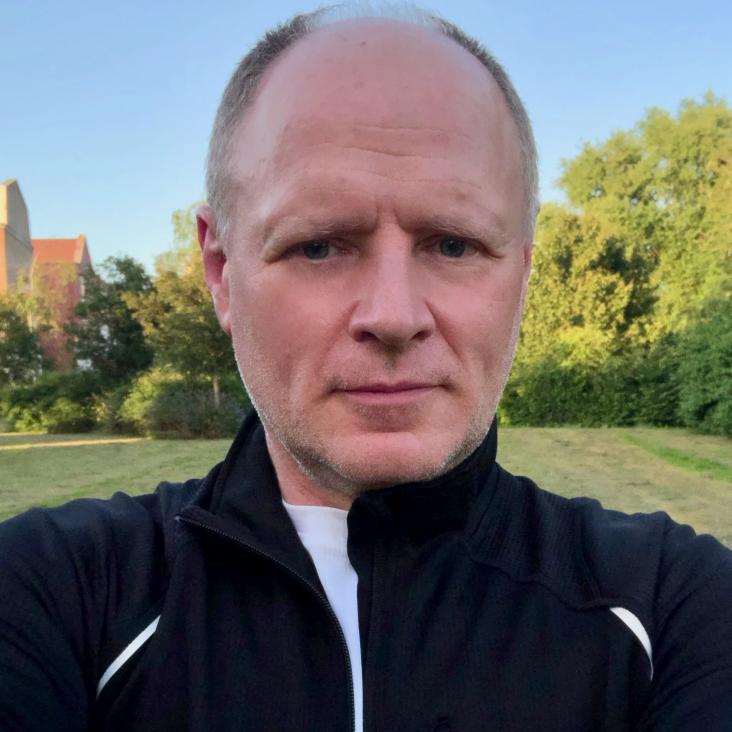Boosted objects: a probe of beyond the Standard Model physics
ArXiv 1012.5412 (2010)
Authors:
A Abdesselam, E Bergeaas Kuutmann, U Bitenc, G Brooijmans, J Butterworth, P Bruckman de Renstrom, D Buarque Franzosi, R Buckingham, B Chapleau, M Dasgupta, A Davison, J Dolen, S Ellis, F Fassi, J Ferrando MT Frandsen, J Frost, T Gadfort, N Glover, A Haas, E Halkiadakis, K Hamilton, C Hays, C Hill, J Jackson, C Issever, M Karagoz, A Katz, L Kreczko, D Krohn, A Lewis, S Livermore, P Loch, P Maksimovic, J March-Russell, A Martin, N McCubbin, D Newbold, J Ott, G Perez, A Policchio, S Rappoccio, AR Raklev, P Richardson, GP Salam, F Sannino, J Santiago, A Schwartzman, C Shepherd-Themistocleous, P Sinervo, J Sjoelin, M Son, M Spannowsky, E Strauss, M Takeuchi, J Tseng, B Tweedie, C Vermilion, J Voigt, M Vos, J Wacker, J Wagner-Kuhr, MG Wilson
Abstract:
We present the report of the hadronic working group of the BOOST2010 workshop
held at the University of Oxford in June 2010. The first part contains a review
of the potential of hadronic decays of highly boosted particles as an aid for
discovery at the LHC and a discussion of the status of tools developed to meet
the challenge of reconstructing and isolating these topologies. In the second
part, we present new results comparing the performance of jet grooming
techniques and top tagging algorithms on a common set of benchmark channels. We
also study the sensitivity of jet substructure observables to the uncertainties
in Monte Carlo predictions.


